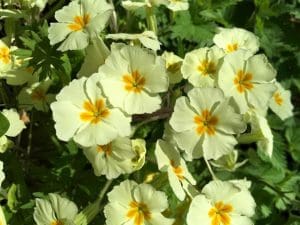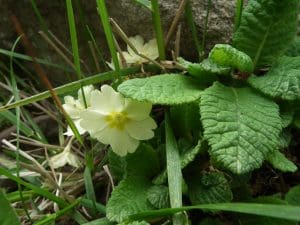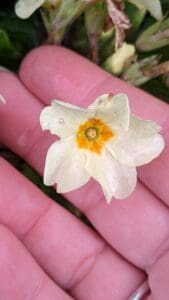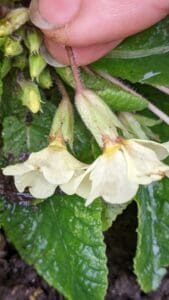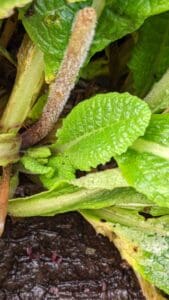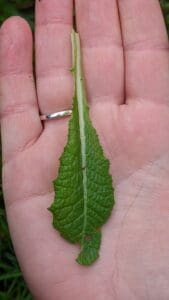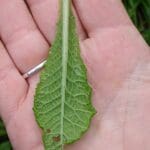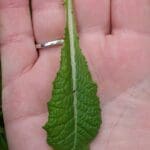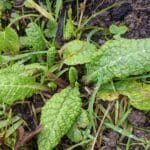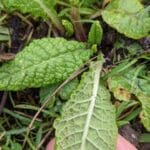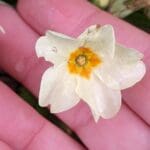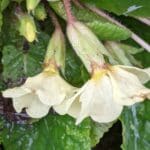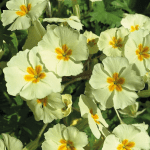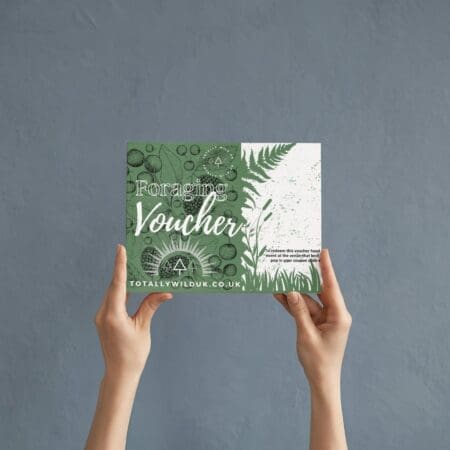Primrose / Spring / Edible
Primrose is one of the first plants to produce edible wild flowers in spring, our favourite thing is to use them as a garnish or to crystallise them for future use.
Common names
Primrose, Common Primrose, Wild Primrose, English Primrose
Botanical name
Primula vulgaris
Scientific Classification
Kingdom – Plantae
Order –Ericales
Family – Primulaceae
Physical Characteristics for Primrose
A short, spreading wild flower that is a beloved herald of Spring. It forms patches among short grass, in sunny or semi-shaded situations.
Why not check out our Primrose foraging video?
Leaves
A tight rosette of crinkled rich green long leaves, from which many flower stalks appear.
Flowers
The flowers have five petals, and are pale lemon yellow or white, with a deep yellow centre. Hybrids of cultivated varieties with different coloured petals do occur, but these are best avoided.
Habitat
Woodland, lawns, grassy banks, hedgerows
Known hazards
Contains salicylates, so should be avoided by pregnant women and those on blood thinners. Some people are allergic to this species.
Could be confused with
Foxgloves (Digitalis), Comfrey (Symphytum), or Poison Primrose (Primula obconica) before flowering. Therefore, it is best for novice foragers to only pick when the plant is in flower.
Edible use
The leaves can be eaten raw or cooked. The flowers can be eaten raw in a salad or made into a cordial if collected early enough. Frosted Primrose flowers are popular for use in cake decorating
Notes on Herbal use
The salicylates offer some analgesic and blood-thinning properties. Has also been used as an expectorant, to treat nervous headaches and as a tonic for the respiratory and nervous systems. If you have a medical complaint, please visit your doctor
Extra notes from the Foragers
A Greek myth describes how the gods turned the youth Paralisos into Primroses after he died of a broken heart
Primula comes from the Latin feminine Primus, in modern English “first”. Vulgaris means vulgar or common



